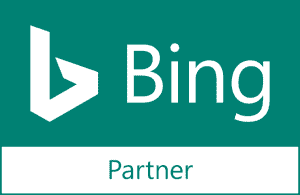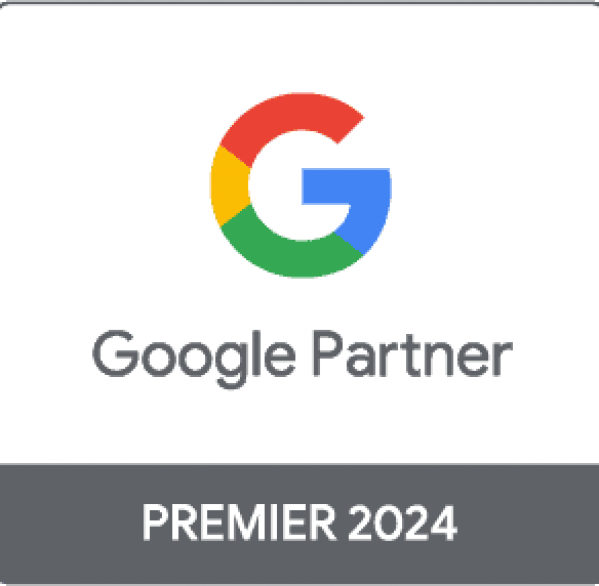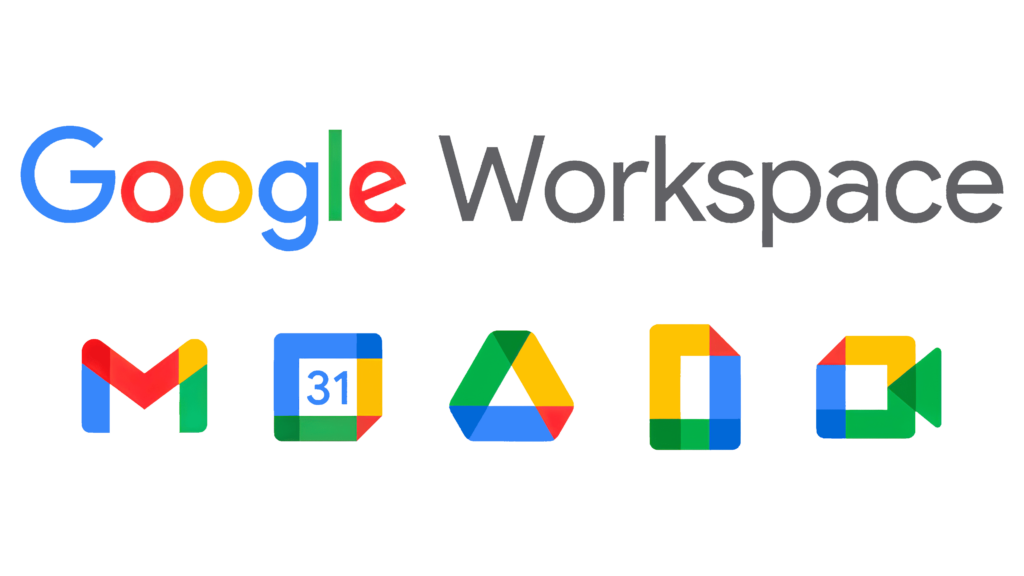Delete Your Pages
 No, seriously. Do it. Of course, this isn’t to say delete the important pages; it means delete all pages that don’t need to be there.
Believe it or not, Google doesn’t reward websites with higher rankings simply because they have a plethora of unique content. In Google’s eyes, less is more – it’s all about quality over quantity, and what little you do have needs to be very high in quality.
Don’t publish content just for the sake of publishing content. It’s a lot of work for little reward.
So let’s take a look at the pages on your site that qualify for the chopping block. Let’s call them Zombie Pages.
No, seriously. Do it. Of course, this isn’t to say delete the important pages; it means delete all pages that don’t need to be there.
Believe it or not, Google doesn’t reward websites with higher rankings simply because they have a plethora of unique content. In Google’s eyes, less is more – it’s all about quality over quantity, and what little you do have needs to be very high in quality.
Don’t publish content just for the sake of publishing content. It’s a lot of work for little reward.
So let’s take a look at the pages on your site that qualify for the chopping block. Let’s call them Zombie Pages.
- Pages with thin or duplicate content (take that thin content and see if you can work it into a different, higher quality page).
- eCommerce pages that are getting you zero sales.
- Unnecessary category and tag pages.
- Outdated blog posts, press releases, and posts about some event back in 2015 that are now simply irrelevant.
Fix Your Technical SEO Problems
 Title tags and meta descriptions that are too long, too short, missing, or just plain bad.
Title tags and meta descriptions that are too long, too short, missing, or just plain bad.- 404 (broken) links.
- Pages that are being blocked by ROBOTS.TXT.
- Images with missing alt-text.
On-Page Optimization
You’re going to rank faster in Google if you stay on top of your on-page optimization. The first thing most people think of when it comes to on-page optimization is keywords. Here are some facts about keywords you need to remember.- If you have a target keyword on one of your pages, make sure to include it in the first paragraph; Google puts more importance on words that appear at the top of the page. (This principle applies to links as well.)
- Include LSI (latent semantic indexing) keywords – as the name implies, these are keywords that are essentially synonymous, or at least closely related, to your target keyword. You will get a ranking boost in Google if you include these keywords in your content.
Examples of LSI Keywords
Target Keyword: Dental Implants LSI Keywords:- types of dental implants
- dental implants procedure
- dental implants reviews
- dental implants problems
- truth about dental implants
- are dental implants safe
- pictures of dental implants
- dental implant procedure steps
- full mouth dental implants
- dental implants near me
- best dental implants
- affordable dental implants
CTR (Click-Through-Rate)
CTR isn’t just valuable in terms of getting users onto your website – it’s also a ranking factor. That’s right, websites with high click-through-rates actually get ranking boosts in Google. So, how do you optimize your click-through-rate? First and foremost, you need to look at your title tags and meta descriptions. As stated above, sub-par or missing title tags and meta descriptions are common technical SEO issues, and here’s the reason they need to be fixed immediately: your title tags and meta descriptions that appear in Google search results are supposed to be enticing – you need to write them in a way that not only tempts users to click through to your site, but you also need to keep the information clear, concise, and correctly lengthed so they don’t get distracted by some other search result. Take a look at some of the top results for one of your target keywords you’re trying to rank for. Look at what these website’s are doing and emulate them.Dwell Time
 Dwell time is the opposite of bounce rate (when a user clicks into your site, doesn’t engage, and immediately leaves).
Yes, dwell time is also a ranking factor. Google prioritizes websites that get a lot of user engagement; the longer people hang around and engage on your site, the higher you’re going to rank in Google.
So, how do you increase dwell time?
First, let’s look at formatting. Here is what you DON’T want your site to look like:
Dwell time is the opposite of bounce rate (when a user clicks into your site, doesn’t engage, and immediately leaves).
Yes, dwell time is also a ranking factor. Google prioritizes websites that get a lot of user engagement; the longer people hang around and engage on your site, the higher you’re going to rank in Google.
So, how do you increase dwell time?
First, let’s look at formatting. Here is what you DON’T want your site to look like:
- Cluttered
- Busy (too much going on)
- Wide margins between the header and the content.
- Images that are way too big, pushing the content down below the fold (the part of the page people see before having to scroll down).
Compelling Intros
In my opinion, you could take 90% of the intros of any piece of content on the internet, delete it, and nothing of value would be lost. For instance, you search “how to back up a WordPress website”, and the first result you click on starts with, “Website backups are crucial if you’re about to make significant changes on your blah blah blah…” Well, no crap! You know this – that’s why you want to figure out how to do it! Get right into it in your introduction. Cut out the fluff.Improve Your Format
 People don’t like clicking on a search result only to see a big wall of text. People don’t like hitting a website and seeing cluttered images, things that aren’t rendering properly, icons and elements smushed together with no rhyme or reason… In short, people don’t like getting on a website and basically not knowing what to do.
Format your introduction in a way that is user-friendly; break things down into bite-sized bits, use bullet-pointed lists, keep images and elements spaced apart, and do anything else that, again, doesn’t make your website look like a monolith of information or a kaleidoscope of elements that people have to sift through.
People don’t like clicking on a search result only to see a big wall of text. People don’t like hitting a website and seeing cluttered images, things that aren’t rendering properly, icons and elements smushed together with no rhyme or reason… In short, people don’t like getting on a website and basically not knowing what to do.
Format your introduction in a way that is user-friendly; break things down into bite-sized bits, use bullet-pointed lists, keep images and elements spaced apart, and do anything else that, again, doesn’t make your website look like a monolith of information or a kaleidoscope of elements that people have to sift through.



















